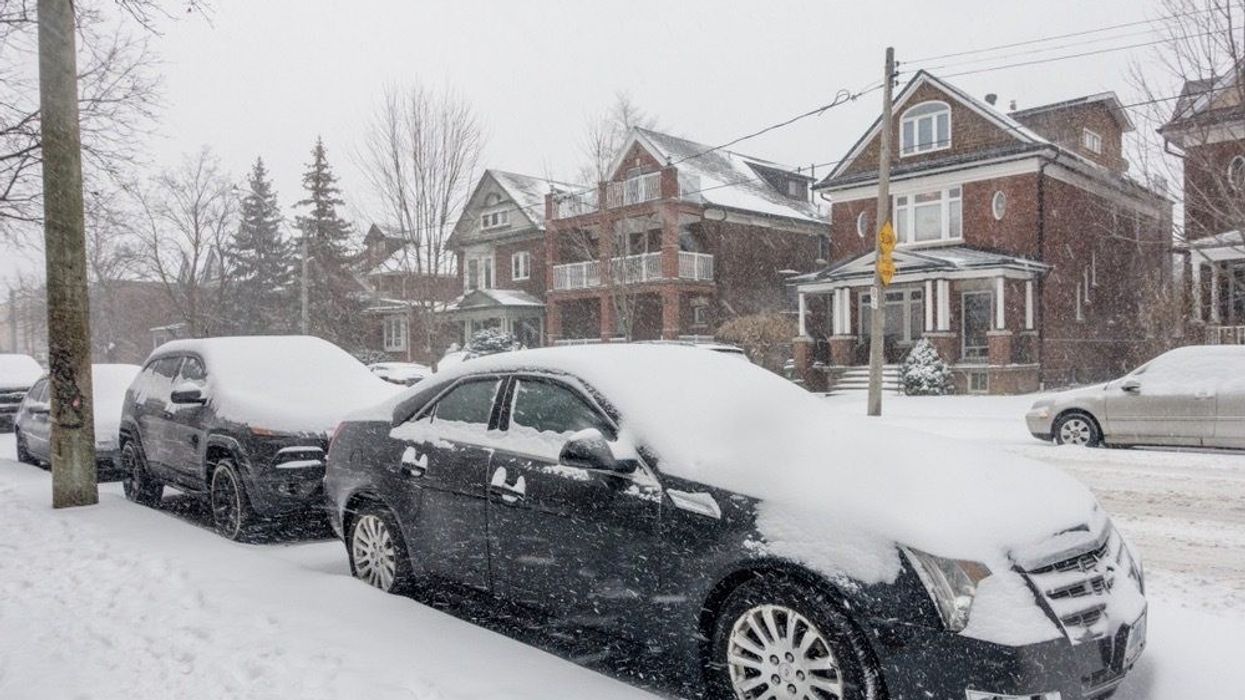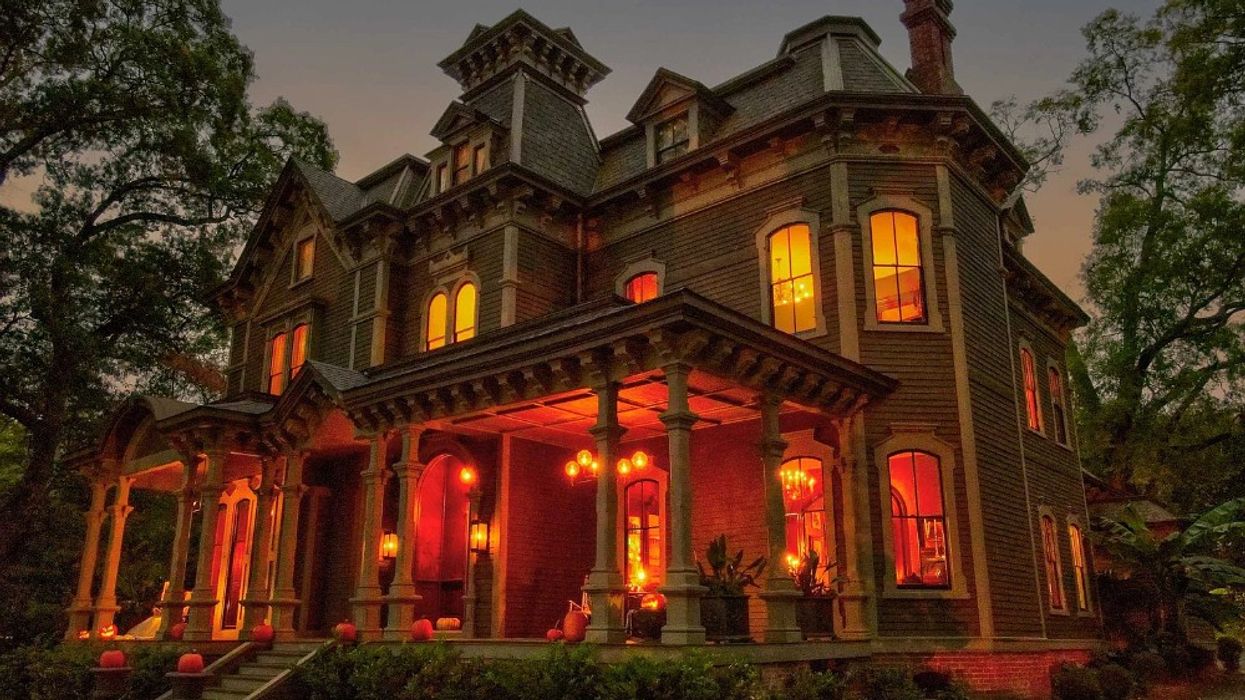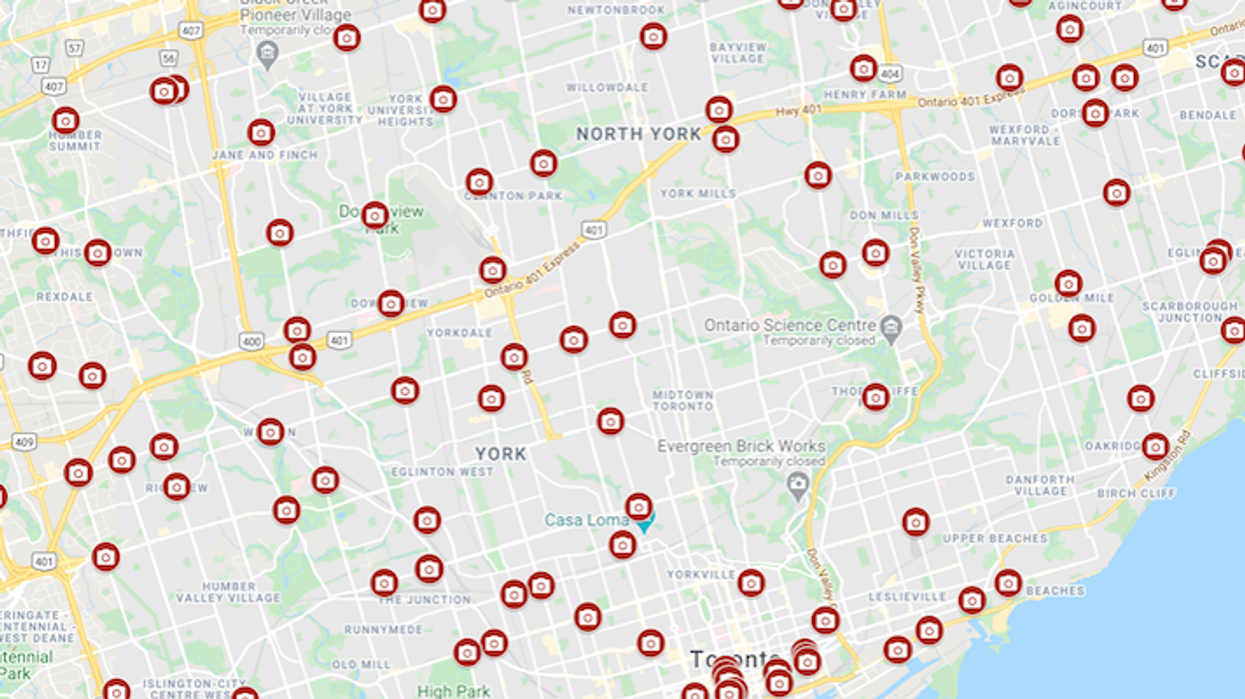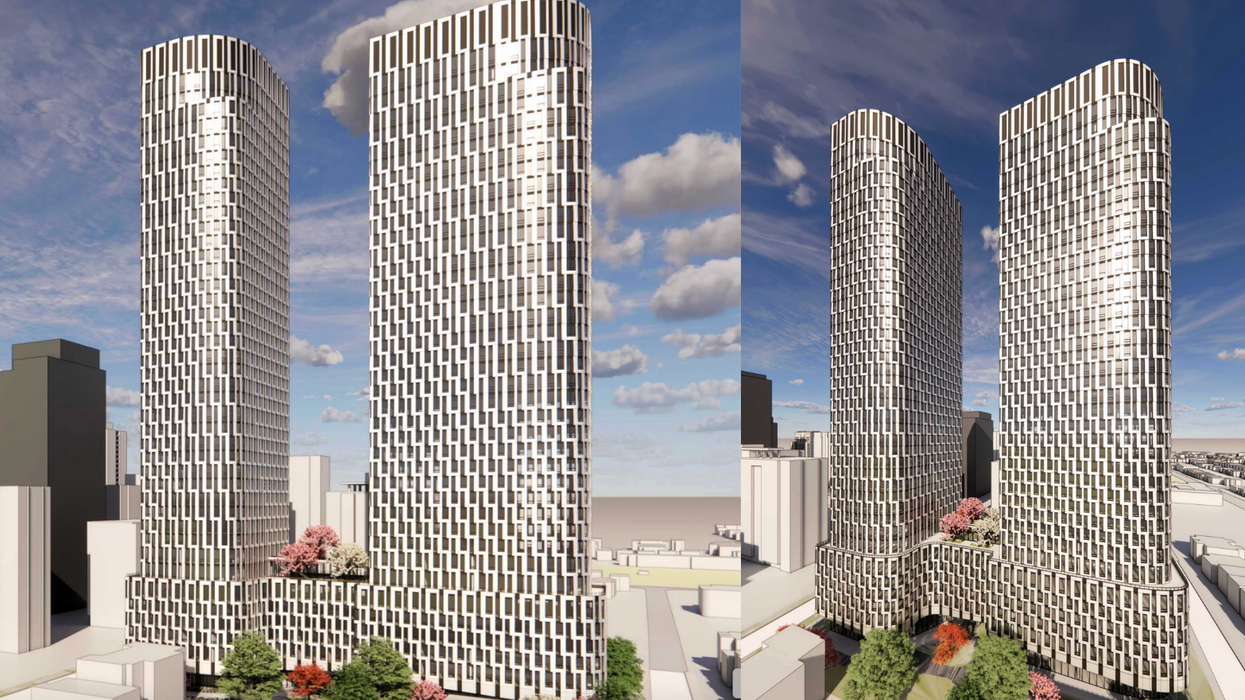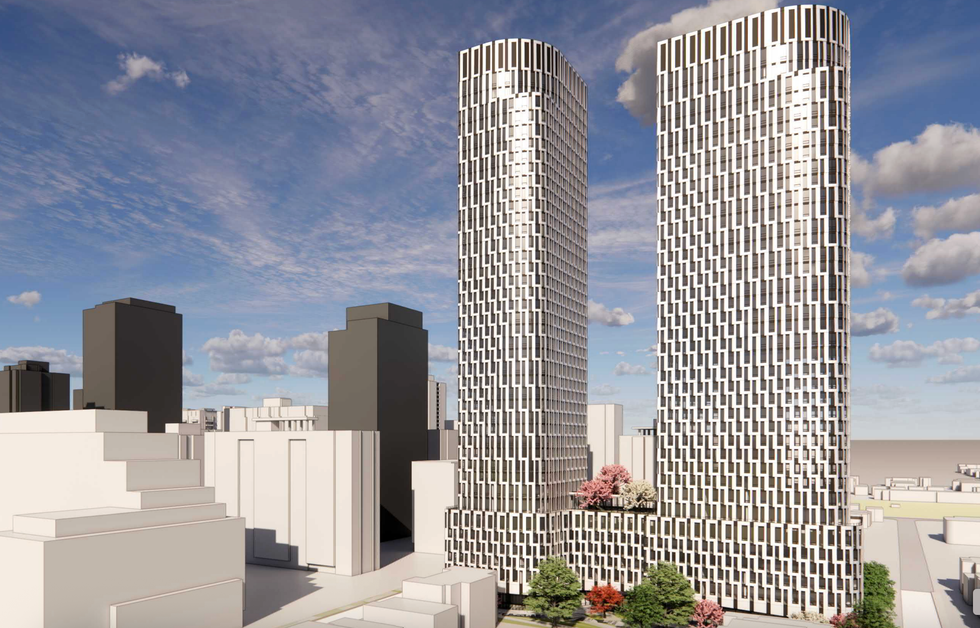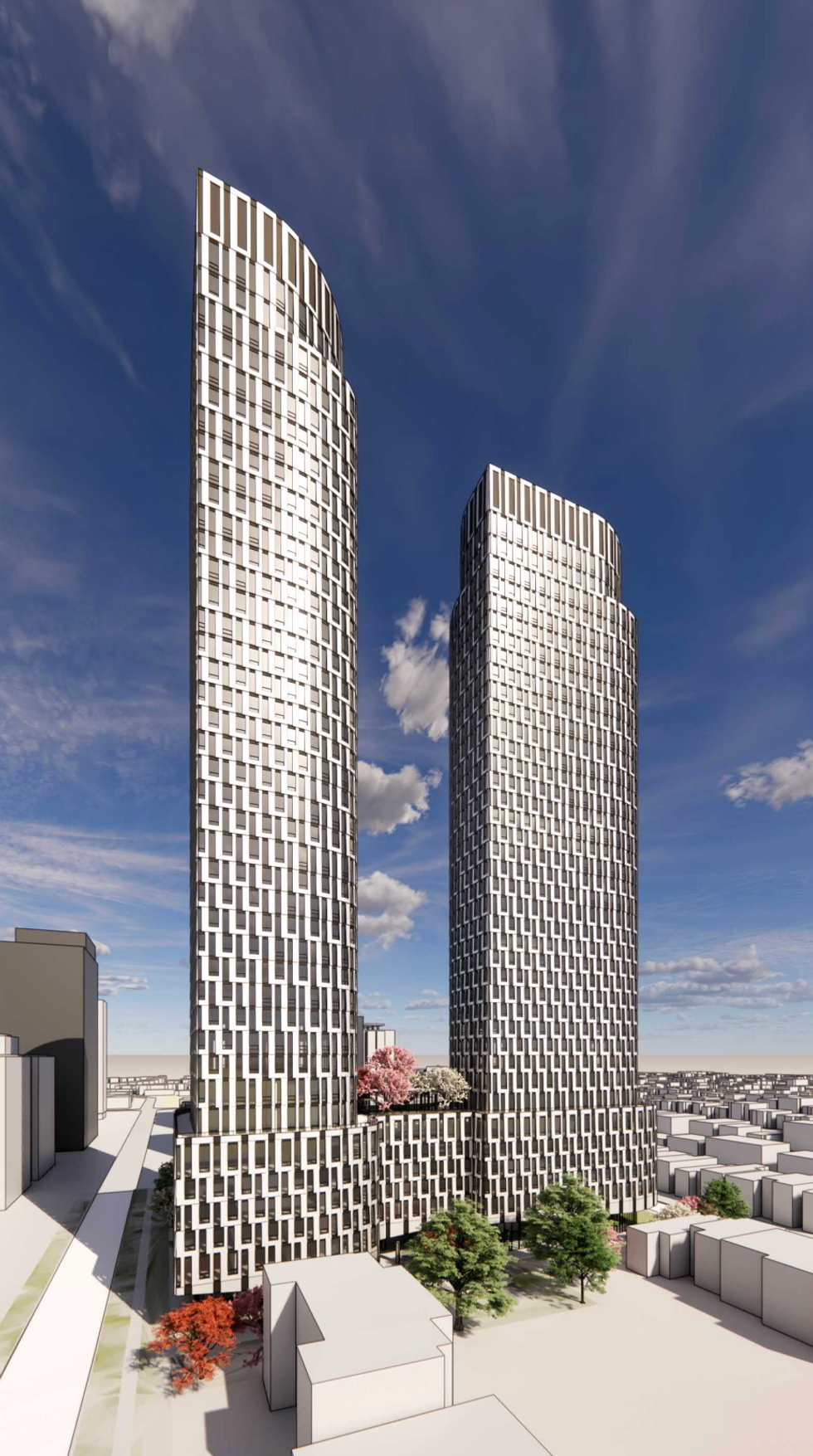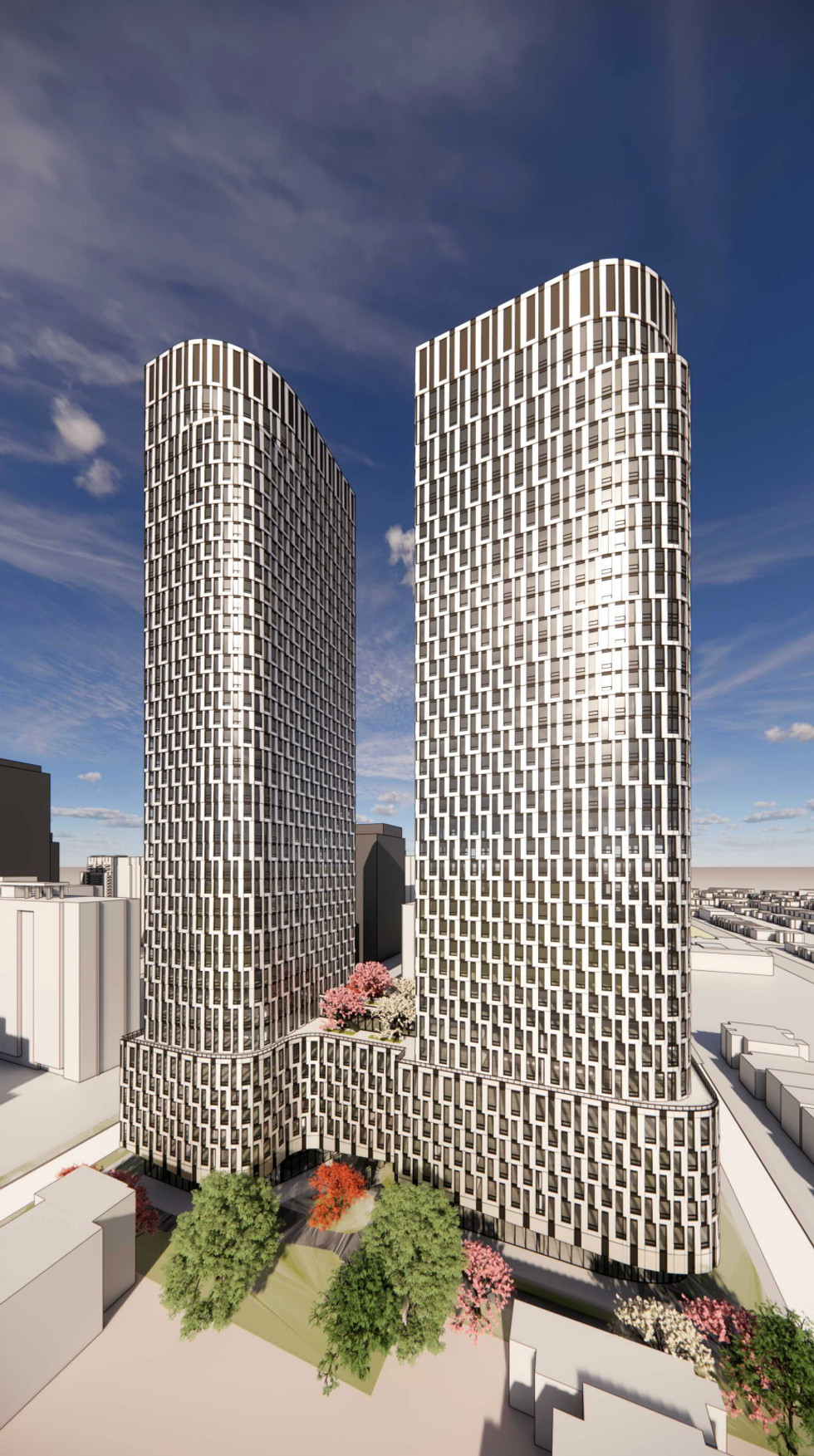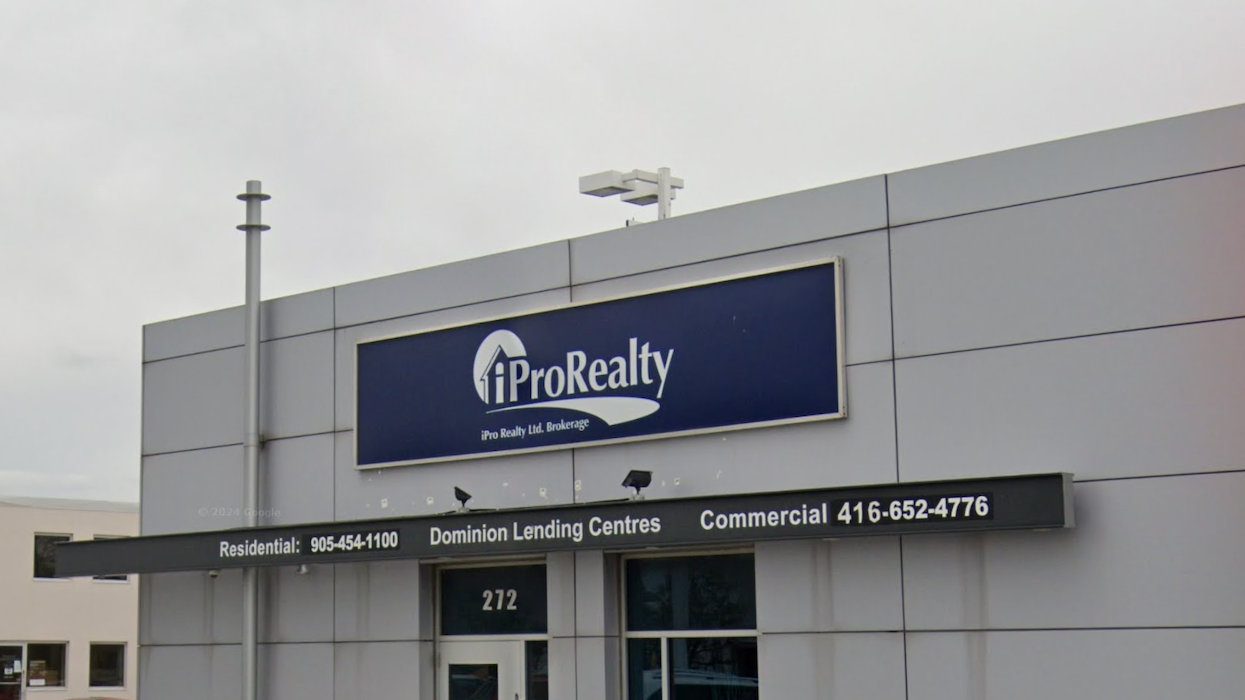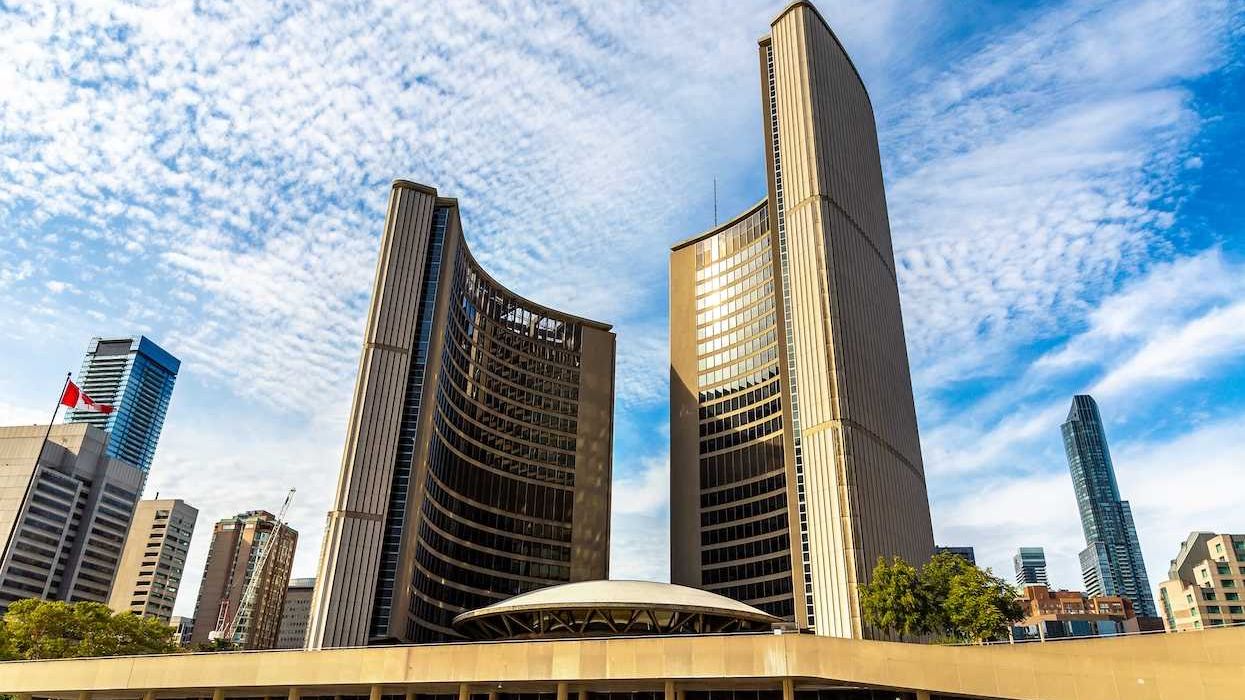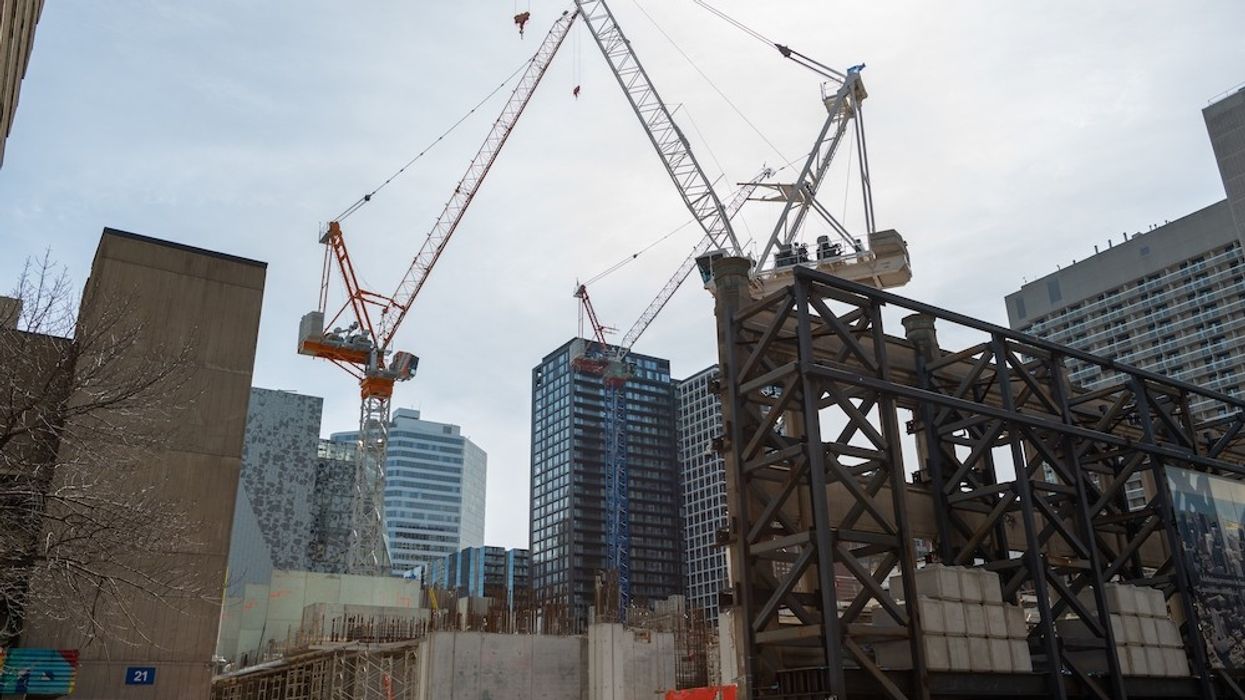Closing Costs
Understand what closing costs are in Canadian real estate, what they include, and how much buyers and sellers should expect to pay at the end of a transaction.

May 22, 2025
What are Closing Costs?
Closing costs are the various fees and expenses that buyers and sellers must pay to finalize a real estate transaction, separate from the property’s purchase price.
Why Closing Costs Matter in Real Estate
Closing costs are a critical part of budgeting for any real estate transaction in Canada. These costs typically range from 1.5% to 4% of the purchase price and include a variety of fees such as legal expenses, land transfer taxes, title insurance, appraisal fees, and mortgage-related charges.
For buyers, understanding and preparing for closing costs helps avoid last-minute financial surprises and ensures a smoother transition to homeownership. For sellers, certain closing costs – like legal fees, commissions, or mortgage discharge penalties – can impact net proceeds.
In some provinces, additional costs like property taxes, utility adjustments, and GST/HST may also apply. First-time buyers may qualify for rebates on certain costs, such as land transfer tax. Buyers are advised to review a full breakdown of these fees with their lawyer or mortgage advisor well in advance of the closing date.
Accurately estimating closing costs is crucial for affordability planning, loan qualification, and ensuring sufficient funds are available on the day of closing.
Example of Closing Costs
A first-time buyer in Toronto purchases a condo for $700,000. Their closing costs include legal fees, land transfer tax, title insurance, and other adjustments totalling approximately $17,500.
Key Takeaways
- Include legal, tax, and lender-related fees required to finalize a purchase.
- Typically range from 1.5% to 4% of the purchase price.
- Must be paid on or before the closing date.
- Vary by province and property type.
- Essential for budgeting and affordability planning.
Related Terms
- Closing Date
- Land Transfer Tax
- Legal Fees
- Title Insurance
- Home Inspection




